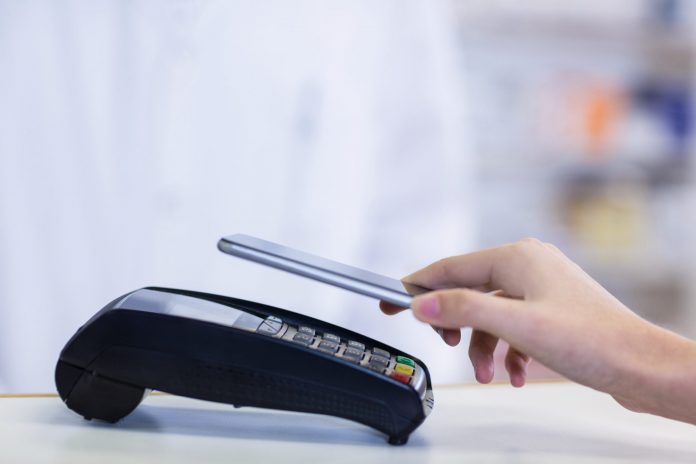New research by Manhattan Associates reveals that majority of Australians want contactless shopping, delivery and collection options following the Covid-19 pandemic.
Reportedly, almost 60% of Australian consumers are more likely to by online and utilise click and collect services following Covid-19, while only 28% of shoppers still desire some level of direct human interaction when shopping.
The research shows that of those respondents who prefer contactless shopping, 57% are likely to buy online for home delivery, 18% are likely to buy online and collect from a contactless parcel collection point, while 7% of people are likely to buy online for contactless curb-side pick-up.
“Our research shows that Australian consumers’ shopping habits have fundamentally changed following the arrival of Covid-19,” says Managing Director, Manhattan Associates, Raghav Sibal.
“They want less direct human interaction and more flexibility in the way that they shop, collect or receive goods, that is much more varied than traditional models of in-store purchasing.”
Mr Sibal attributes this change in buyer behaviour to “not only perceived health concerns following the impact of Covid-19, but also a positive customer experience of the increased flexibility that retailers have offered shoppers in 2020”.
He points out that the findings of this research “have significant implications for local retailers who must offer greater flexibility to meet varied consumer preferences”, and this includes retail pharmacy.
Turning to sales events to make finances stretch
Other research findings include:
- 32% people included in the survey report that they’re more likely to take advantage of sales events because they have less money to spend on essential goods.
- 38% people report looking for a bargain.
- 11% people report they will be participating in a sales event to make a non-essential or luxury purchase.
“Given the financial impact that Covid-19 has had on many Australians, it is not unexpected that they would turn to sales events to make their finances stretch further,” says Mr Sibal.
“Retailers need to be prepared for spikes in sales activity around these events and take control of their inventory, with really time visibility of stock, whether it is in the warehouse, in-store or being transported.
“By knowing what goods they have, and what they may need to build stock up on for future sales events, retailers can position themselves to take advantage of sales and offer the best possible customer experience.”








